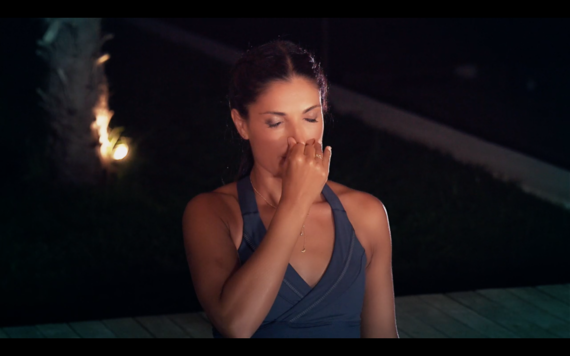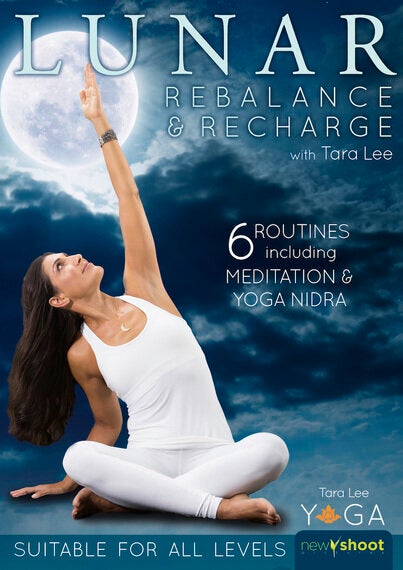Monday 14th November brings the moonrise of the second supermoon this autumn. A supermoon is closer to the earth than a regular moon, and its powers are said to be far reaching. It can appear 30% bigger and brighter. The distance from the centre of Earth to the centre of the moon is almost as close as it can be. The last time it was this close was 69 years ago.
Around supermoons people report more of a feeling of wakefulness, a feeling of being 'supercharged'. The full moon has a reputation for knocking people off balance, stirring emotions leading to 'lunatic' behaviour.
Lunar rhythms are now believed to influence our sleeping patterns. Sleep researcher Christian Cajochen and his colleagues found, that even if one does not see the moon and is unaware of the moon phase, the lunar cycle seems to influence human sleep. Not only did the participants take longer to fall asleep during full moon phases, but their brain activity related to deep sleep dropped by 30 percent. People in the study slept on average 20 minutes less on full moon nights (Current Biology, July 2013).
Yoga is often considered a form of exercise in the modern world. The tradition of yoga however has long been focused on moving the body and mind towards the stillness of a calm meditation.
The type of yoga we choose and the way we practice will determine whether yoga has a stimulating or calming effect. Certain postures and breathing techniques invigorate us while other poses are more calming, such as forward bends and legs up the wall. We can use breathing techniques like lengthening the exhalation to help to align us with energy of the moon and its calming influence in our lives. This can discharge tension from the nervous system.
The dominant nostril we breathe though will also make a difference to the overall effect and how we feel. If we focus on opening the right nostril and breathing predominantly through this nostril, we activate the energy channel, known as 'pingala nadi' in Sanskrit. This helps us become more energised and stimulated, whereas emphasising the breath through the left nostril ('Ida nadi') will leave us feeling more refreshed, nurtured and sleepy.
To avoid feeling frazzled by the supermoon try the following exercises:
This breathing exercise, activates the lunar energy channel which can help you feel more calm and facilitate sleep.
Curl your index and middle fingers into the palm of your right hand. Sit tall, bend the elbow and close off the right nostril with your thumb. Inhale through the left nostril to the count of five. Then close the left nostril with the ring and little fingers, exhaling through the right nostril for five counts. Repeat continuing to inhale left and exhale right slowly for a minute or so.

Rest in child's pose. Start on all fours and reach the hips back towards the heels. Bring the forehead to the floor or make a pillow with the hands. Stay here breathing deeply as you soften the face and slow down the breath.

Slowing down the exhalation and adding a gentle pause to the end of the exhalation can also help to calm the mind and prepare you for sleep.
Lying in your bed, start to become aware of the breath, feel the movement of the breath in the body and the gentle rise and fall of the abdomen. Start to feel the breath slowing down and deepening. Breathe in for 4 or 5 counts and double the length of the exhalation for 8 or 10 counts. You can do this for a few rounds and then start to add a pause at the end of each exhalation. So you can breathe in for 4, out for 8 and pause for 4. Repeating..
Yogic sleep or 'yoga nidra' is another fantastic tool to help you to relax deeply and remove stress and anxiety. It is a systematic guided relaxation which is profoundly soothing and restorative. If you haven't slept well and are looking for a renewed feeling of energy, it will leave you feel refreshed and revitalised and if practiced a few hours before bedtime will help you sleep like a baby.

The previous exercises are taken from Lunar, Rebalance and Recharge with Tara Lee

Tara Lee has been practicing yoga for over 20 years and teaching for 14 years. Tara teaches at The Life Centre in Notting Hill Gate.
www.taraleeyoga.com
Instagram: taraleeyoga
Twitter: @yogataralee